JUST THE FACTS
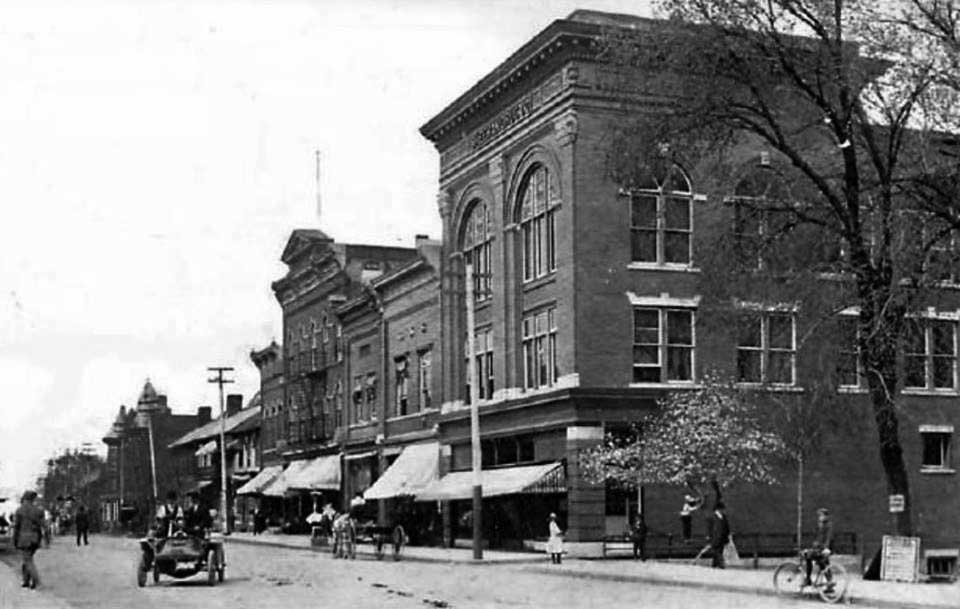
- Perry County is named for Commodore Oliver Hazard Perry, a hero of the War of 1812.
- Founded on December 26, 1817, Perry was the 55th county to be formed in Ohio.
- New Lexington is the county seat, roughly 55 miles southeast of Columbus, Ohio.
- Perry County has a total of 412 square land miles with 4.5 square water miles.
- As of the 2020 census, the county population is 35,408.
- The Perry County Tribune is the newspaper serving the county.
- To find historical markers and learn about significant people and places, Visit our Parks & History Map.
The northern region of Perry County borders Buckeye Lake at Thornville. Originally known as Buffalo Lick Swamp in the 1750s, it became a feeder for the Ohio and Erie Canal after a dike was built in the 1820s. In 1894, the state of Ohio changed the swamp’s name to Buckeye Lake and its famous recreation era began. In the early to mid-1900s, the Lake was known as ‘The Playground of Ohio,’ with amusement park rides, boat tours, music and dancing events. Residential building followed and continues as the area experiences a recreation revitalization. Visit the Buckeye Lake Historical Society
The southern region of Perry County is home to our ‘Little Cities of Black Diamonds.’ The name was coined by a newspaper writer in the late 1800s to describe Nelsonville, part of the 70 or so coal mining boomtowns that sprung to life in our region. The Little Cities of Black Diamonds Council is still actively archiving, sharing and preserving stories of our southeastern Ohio coal communities and people. Please visit their amazing website: The Little Cities of Black Diamonds. History buffs and locals are welcome to contribute volunteer time!
Our Villages of Crooksville and Roseville are world-renown for their ceramics thanks to the unique properties of clay mined in the area and used in potteries still operating.
The southern Perry County region is experiencing a revitalization through ecotourism, agritourism and historical tourism as locals join together to preserve and share the heritage of the region and its natural resources.
Famous People

Philip “Fightin’ Phil” Sheridan – Civil War General
Born in Albany, New York in 1831 and raised in Somerset, Ohio. Sheridan’s statue graces the roundabout in Somerset’s Town Square. He was a career Army officer and was close to General-in-chief Ulysses S. Grant. Sheridan’s cavalry participation in the pursuit of General Robert E. Lee is credited with forcing Lee’s surrender at Appomattox Court House. In 1888 he was appointed General of the Army by President Grover Cleveland. As a private citizen and soldier he was committed to the development and protection of Yellowstone National Park.

Jerome C. Davis – California Pioneer & Agriculturalist
Born on a family farm in Perry County in 1822, Davis joined Captain John C. Fremont’s third expedition to California in 1845. The city of Davis, California (formerly Davisville) is named for him because of his famed membership in the Bear Flag Party – the band of 33 pioneers who captured the Sonoma, California Mexica Fort and raised the Bear Flag, proclaiming California’s independence from Mexico.
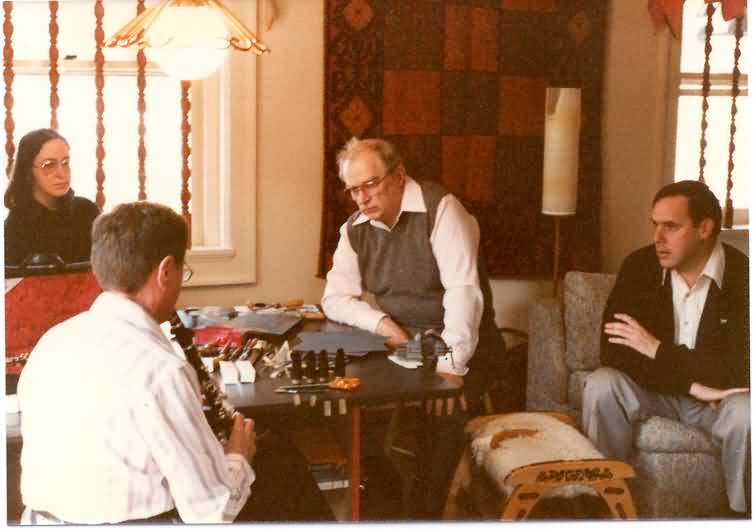
David Hite – Clarinetist & Inventor
Born in New Straitsville in 1923. Hite had a storied career in music, playing bass clarinet in the Columbus Philharmonic Orchestra and the Berkshire Music Festival Orchestra at Tanglewood. His greatest fame, though, was from his development of a superior clarinet mouthpiece, eventually sold by a company he founded with his second wife Jean, the J&D Hite Mouthpiece Company (1980s). Following his passing, the Premiere Mouthpiece is now owned and sold by the JJ Babbitt Company of Elkhart, Indiana.

Joseph Thomas Collins, Jr. – Herpetologist
Born in Crooksville in 1939, tossed out of the Boy Scouts with his brother for being ‘too rowdy,’ Collins went on to author 27 books and over 300 articles on wildlife – 250 or so were about amphibians and reptiles. He founded the Center for North American Herpetology and died in 2012 while studying reptiles on St. George Island, Florida.

Robert Owen – Coal Mine Worker & Inventor
Born in Shawnee in 1881, Owen worked as a cutting machine operator in a coal mine. The difficulty of repairing the machine inspired his ratchet wrench invention, patented in 1913. Owen took mail order drawing courses in order to create the sketches required for the patent office application. His version of the ratchet wrench was a two-handled device that allowed the user to remove or replace nuts and bolts. Over time, many iterations of the tool have been created, but Owen’s is regarded as one of the very first.

Ralph W. Hull – Magician & Inventor
Born in Crooksville in 1883, Hull was born into and worked at the family’s Hull Pottery Manufacturing Company but his special talent was card magic. He authored commercial effects including the Mirage Deck and the Mental Photography Deck (1934) and performed at Coney Island as the Chatauqua & Lyceum headliner.

Clara Green Carl – A Notoriously Bad Wife
Born in New Straitsville in 1877. She traveled Ohio and Indiana poisoning husbands and escaping from prisons. Her exploits earned her the nickname The Feminine Bluebeard.
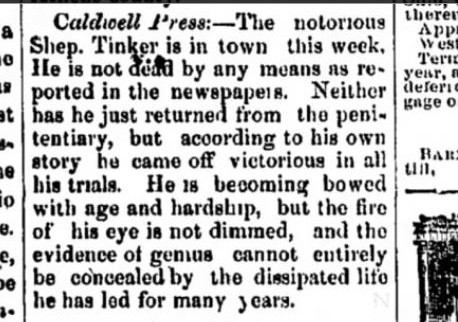
Shephard “Shep” Tinker
Infamous Horse Trader & Justice of the Peace
Stories abound and many have tried to untangle the true history of Shep Tinker, namesake of Tinker’s Cave – located about 4 miles south of New Straitsville. Credited in various accounts as a Civil War-era horse thief who may (or may not) have sold horses to both sides, Tinker managed to eventually win public office as a Perry County Justice of the Peace. His tangled web tale is recounted as an Ohio Mysteries podcast episode.
VILLAGES
Corning, Crooksville, Glenford , Hemlock, Junction City, New Lexington (county seat), New Straitsville, Rendville, Roseville (shared with Muskingam County), Shawnee, Somerset (early county seat), Thornville.
Learn more about Our Villages.
FORESTS

Perry State Forest
Perry State Forest, managed by the Ohio Department of Natural Resources (ODNR), features 4,706 acres in Perry County with 24 miles of hiking trails, 8 miles of bridle trails, and 16 miles of APV trails. Much of Perry State Forest was strip mined for coal prior to existing reclamation law, resulting in very rugged, sometimes barren terrain. Since the state acquired the area in 1961, some reclamation has been accomplished, including a large area along County Road 48. Several reforestation and test tree plantings have been established on the forest. ***Be sure to check on trail availability – seasonal closure of certain features are possible.***

Wayne National Forest
The Wayne National Forest, managed by the U.S. Department of Agriculture (USDA), is a patchwork of public land that covers over a quarter million acres of Appalachian foothills of southeastern Ohio, much of it in Perry County. The forest did not exist as we experience it today until about 50 years ago when trees planted as part of a WPA-era reforestation project matured into a lush, dense landscape. ***Be sure to check on trail availability – seasonal closure of certain features are possible.***
We highly recommend reading through Storied Hills: The Wayne National Forest, a PDF tour with lots of helpful information, put together by the Forest Service.
NATURE & AGRICULTURE
We have some interesting animal species, including the Tri-Colored Bat, Black-billed Cuckoo and the Eastern Cricket Frog.
Download a list of Perry County creatures compiled by the Ohio Department of Natural Resources.
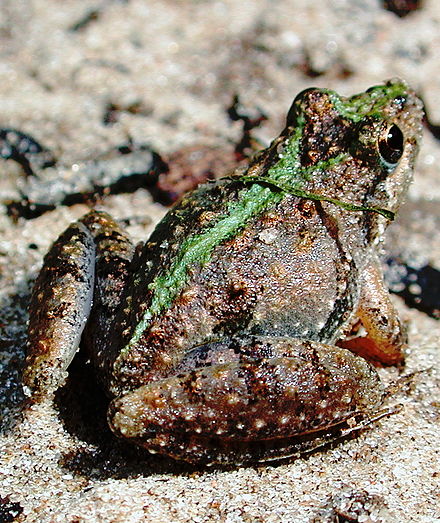
Looking for the Narrow-leaved Toothwort? We have that. Along with a few other rare plant species including the Midland Sedge, Green Adder’s-mouth and Lance-leaved Violet.
Do you love nature? Jessie Bennett is our Perry County Park District Naturalist. She has a degree in Environmental and Field Biology and has been working as a Naturalist for the past five years. Jessie conducts fun, free adventures in nature so you can learn more about our Perry County flora and fauna. Check our Events Calendar for upcoming events.
If you’d like organize a program for your classroom, troop, church, or other group of any age, complete this quick form with your request and Jessie will be in touch!

We grow a lot of crops…
The biggest are corn, soybeans, wheat, grain sorghum, dry beans and dry peas. We also farm melons, potatoes, sweet potatoes, apples, rice, peanuts, grapes, barley, canola, sugar beets, peas, cherries, onions, tomatoes, prunes, pistachios, raisins, peaches, pecans, sugarcane, walnuts, flax, millet, peppers and more.
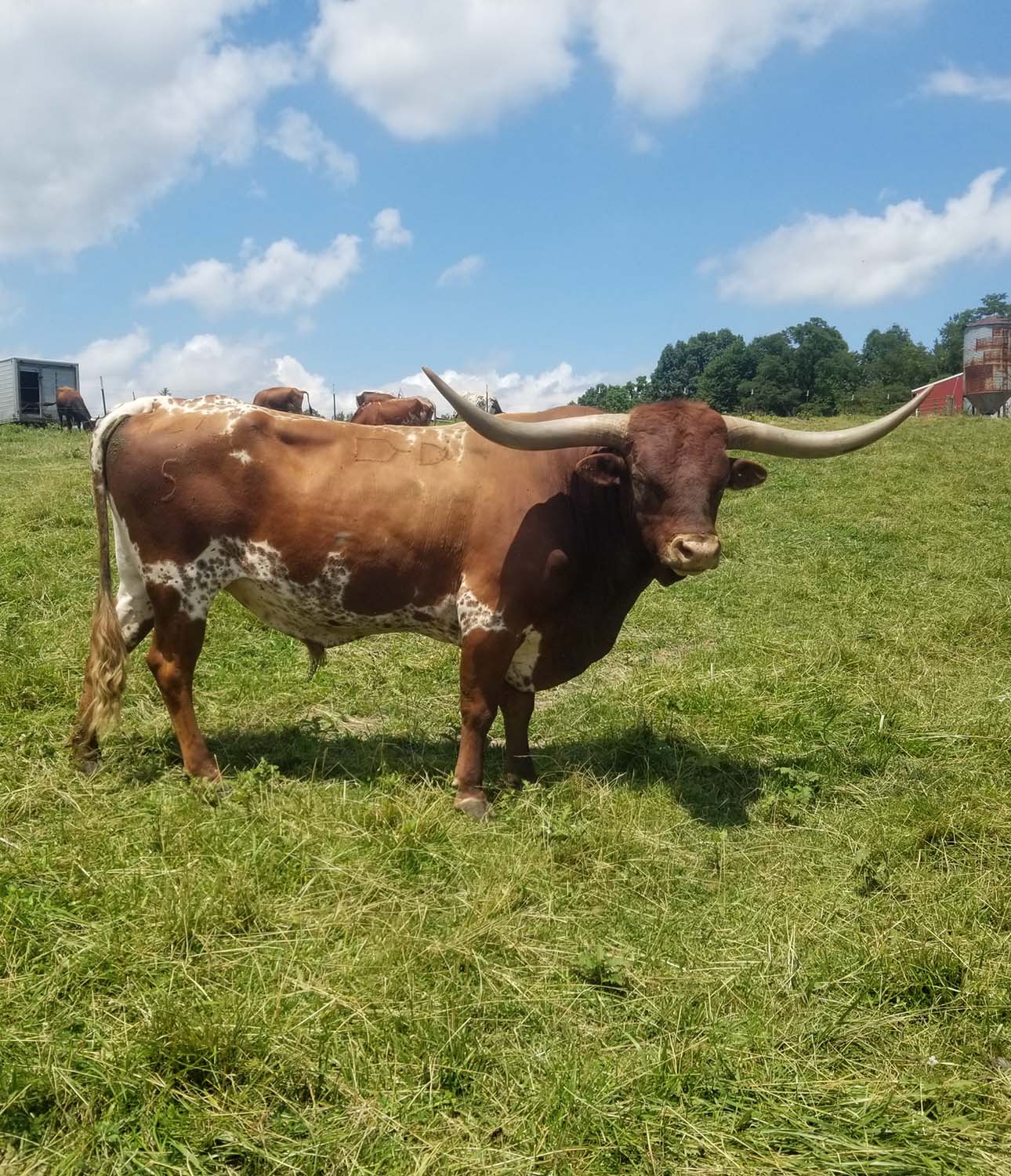
Our farmers raise livestock…
Bison, Longhorn and Angus steer, chickens, dairy cows, hogs, pigs, sheep and lamb. And we produce delicious honey.
The Census of Agriculture is done by the USDA every five years. We’re waiting on the 2022 census results so these are counts from the 2017 census for Perry County:
Number of Farms: 762
Land in Farms: 101,130 acres
Average Farm Size: 133 acres
OFF THE BEATEN PATH
Hunting BigFoot
Here in Ohio we call him The Grassman. Reported sightings in Perry County led to an investigation by the Mountain Monsters cable television series in 2011. Here’s a preview of the episode.
Hunting Ghosts
The towns and villages of southeastern Ohio sprung to life in the late 1800s to support the booming coal mining industry. Many tragedies occurred in the decades that followed due to mining and train accidents, leading some to believe that spirits remain in various places – wandering the places they called home over 100 years ago.
Some hotspots where activity has been reported include: The Clay Haus restaurant (built circa 1812) and Otterbein Cemetery – both in Somerset, Tinker’s Cave in New Straitsville, Tunnel Hill Bridge in New Lexington, Beech Grove Cemetery and Weaver Cave in Corning. Ready to ghost hunt? The Clay Haus provides some details on happenings at their website. Check out OhioExploration.com for sightings and stories of the other locations.
#DiscoverPerry
[ff id=”1″]
